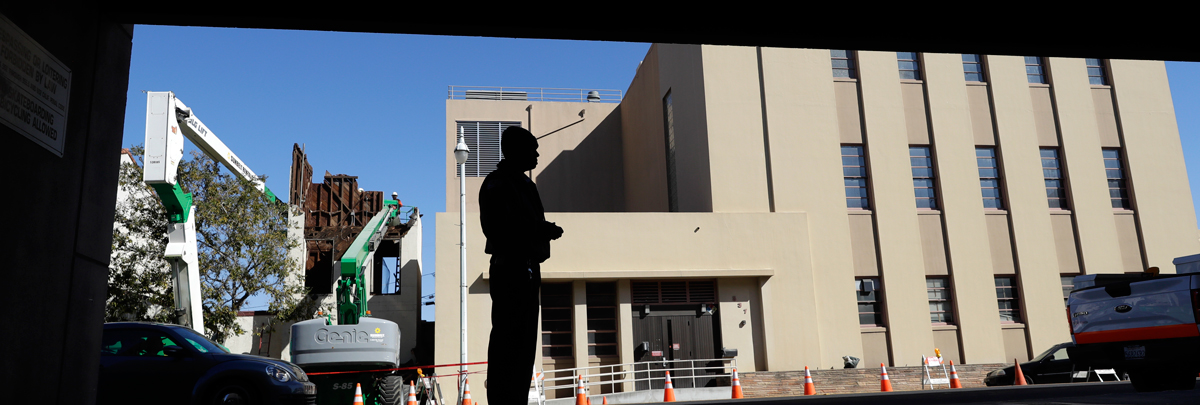Proposed edits to an existing HUD rule could threaten access to shelter for transgender people. Now that these edits to the Equal Access Rule are officially in the Federal Register, transgender people – who already experience disproportionately high rates of homelessness and discrimination – are at risk of becoming further vulnerable, should these proposed rule edits come to fruition.
These changes would amend the 2016 version of the Equal Access Rule, which “requires equal access to HUD programs without regard to a person’s actual or perceived sexual orientation, gender identity, or marital status.”
According to the announcement, the proposed provisions would allow shelters to disregard a person’s gender identity when deciding whether to grant access to a bed in gender-specific spaces. Instead, a shelter provider is empowered to make their own determination of a person’s gender based on a “good faith belief.” Thus, a gatekeeper could refuse to allow a transgender woman to stay at a women’s shelter, or a transgender man to stay at a men’s shelter.
The context of these proposed changes are important. Challenges tied to trans people experiencing homelessness are mounting:
- Since 2016, transgender homelessness has increased by 88 percent.
- Sixty-three percent of this population is unsheltered – and the unsheltered counts have grown by 113 percent over the last five years.
- Sixty percent of unsheltered transgender people meet the criteria for tri-morbidity (co-occurring physical, mental and substance use disorders), as opposed to 4 percent for those in shelter.
- Forty percent of unsheltered transgender people reported being forced to do things they did not want to do, while just 11 percent of those in shelter report the same.
These numbers reflect a need to enhance protections for transgender people experiencing homelessness – not remove them.
Anyone who needs access to homeless shelters should be able to enter without fear of discrimination. Otherwise, they may not have an alternative safe place to go, posing numerous risks: sleeping outdoors in extreme temperatures, or relying on sleeping arrangements that may be abusive or otherwise dangerous. Especially in the midst of a global pandemic, officials should be doing everything in their power to protect people experiencing homelessness, not create barriers to shelter.
The proposed rule changes are open for public comment until September 22, 2020 through the Housing Saves Lives campaign, which offers a portal for committed advocates to take action against rule changes that would harm trans people. Organizations and individuals can voice their opinions to policymakers at HUD. Take action!
Finally, the Alliance has several resources available online to help service providers support transgender people experiencing homelessness:
- Trans and Gender Non-Conforming Homelessness
- Transgender Homeless Adults & Unsheltered Homelessness: What the Data Tell Us
- Data Snapshot: Trans and Gender Non-Conforming Individuals Experience Unsheltered Homelessness at Higher Rates
- Increases in Individual Homelessness: A Gender Analysis
- Making Shelter Safe for Transgender Individuals
- HUD Resource—Equal Access for Transgender People
- HUD Resource—Equal Access Decision Tree
- HUD Resource—Equal Access Training Scenarios
- Supporting Homeless Transgender and Gender Non-Conforming Youth

